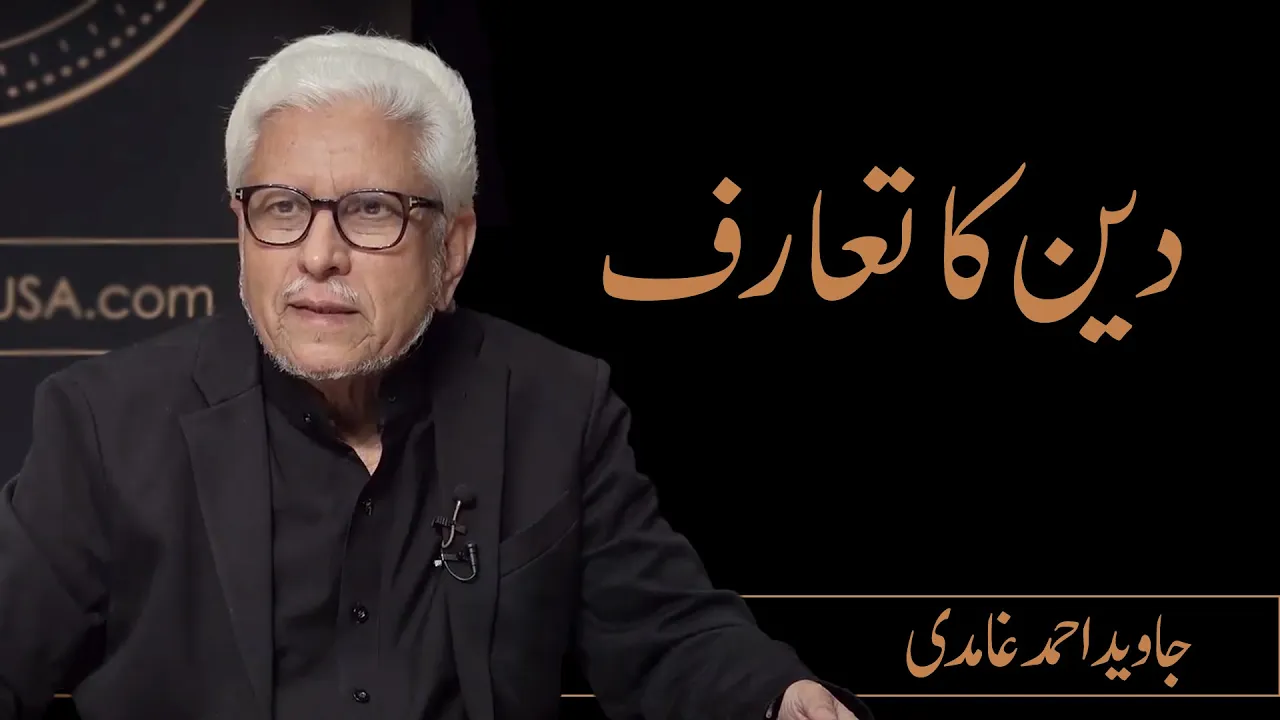Question
I have read the following Hadith and commentary on it on a website:
It has been forbidden (by the Prophet) that one prays while reclining his hand on his sides. (Bukhari No: 1162)
According to the commentary given, there are two sides of everyone, the left and the right. Since keeping hands on one of them is a sign of arrogance, this is prohibited in Salah. The commentator has also quoted Al-Bayhaqi as reporting that the Holy Prophet (sws) said that the one who places his hands on the said places is actually the dweller of the fire.
The source mentions that the narrative appears in the Sahih of Bukhari and the Sahih of Muslim. I want to know, is this Hadith sound? Would you please explain it?
Answer
Yes, the Hadith is sound. The wording of the Hadith as it appears in the Sahih of Bukhari follows:
The Prophet (sws) has forbidden that one prays while reclining his hand on his sides. (Bukhari, No: 1162)
The meaning of the word mukhtasiran has been subject to difference of opinion. Most commentators take this to mean ‘placing one’s hands on sides for support’. It does not simply mean that you leave your hands unfolded (as the Shiite Muslims do).
Prayer is nothing but an expression of our humility and submission and the confession of the greatness and might of God. Obviously a worshipper is supposed to pray in a very humble way and one must not show that he is tired and disinterested in the prayer. That is why the Prophet (sws) stopped Muslims from standing in the styles expressive of disinterest, tiredness and arrogance. As pointed out by the commentator, this style shows arrogance on the part of the worshipper. Based on this prophetic saying the Muslim scholars have deemed that one must avoid praying this way.
Imam Nawwawi explains:
Scholars have differed over the meaning of the word mukhtasiran. The accurate meaning of the word that has been upheld by researchers, linguistics, experts of the rarely used words and scholars of the science of Hadith and which our scholars hold too is that mukhtasir is the one who prays while placing his hands on his sides. Harwi says that he (i.e., a Mukhtasir) is the one who keeps a stick in his hands to lean on. It is also said that the word stands for a man who does not recite the full Surahs and only recites last one or two verses. It has also been said that it connotes an individual who does not offer the full prayer leaving the Qiyam, (ie standing straight) Ruku‘ (i.e. bowing) and prostrations. The first view is the correct one. It has been held that this practice has been forbidden because the Jews would do this. Another view is that it is the practice of Satan. Yet another group said that it is because Satan descended from heaven in this state. It is also held that this has been forbidden for it is the practice of the arrogant.1
A similar explanation has been offered by Ibn Hajar in his commentary on Bukhari.
There is no denying the fact that the act in its very nature seems to be against the etiquette of worship. However, the warning issued in the narrative recorded by Bayhaqi seems to be severer as understood by the commentator you quote. I think there is some misunderstanding for the words in Bayhaqi are:
Ikhtisar in the prayer is rahah (comfort) for the people of fire. (Bayhaqi, No: 3380)
This does not mean that the one who does this would join the dwellers of the fire. It means that this act is one symbol of the people who will go to hell. Now, to adopt a symbol negligently by itself does not entail severe punishment in the hellfire. In simple words, on the basis of this only act, punishment is not deserved. Those who deserve punishment because of their other sins will be found, more often than not, reclining their hands on their sides in their prayers too.
‘A’ishah and Ibn Abbas have been reported to have said that the act is undesirable in the prayer and not haram or punishable by casting into Fire:
It has been reported to us that ‘A’ishah and Ibn Abbas (rta) disliked this act in (the prayer). (Bayhaqi, No: 3383)
1. Imam Nawawi, Sharh Nawawi, 1st Ed., Vol. 5, (Beirut: Dar Al-Ihya Al-Turath Al-‘Arabi, 1929), p. 36
Answered by: Tariq Mahmood Hashmi
Date: 2015-03-07









